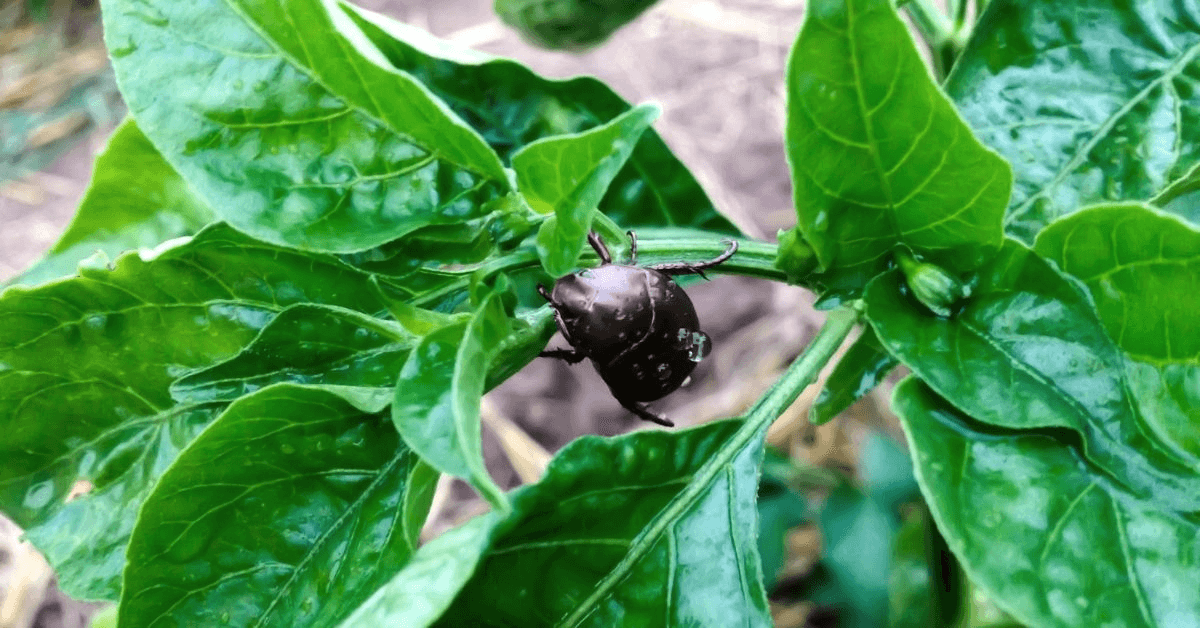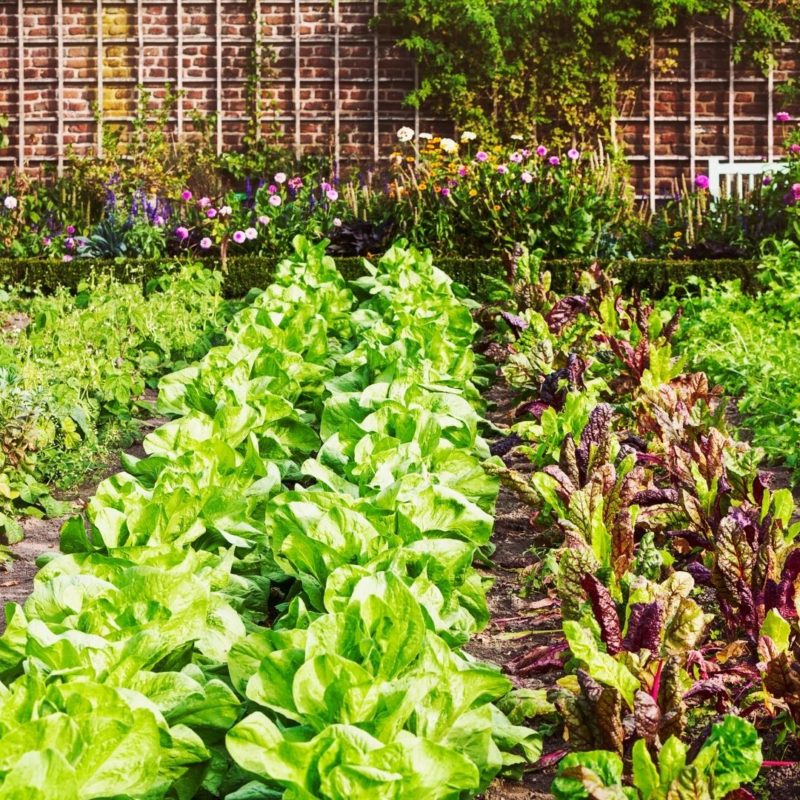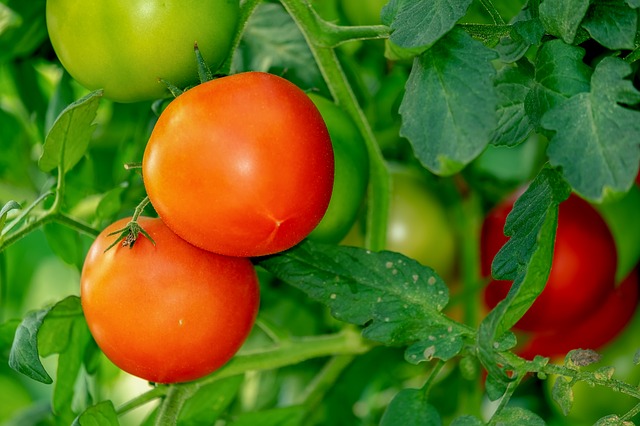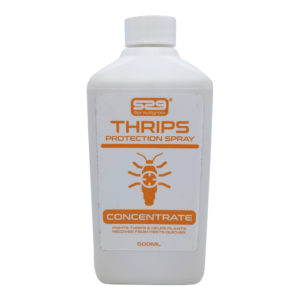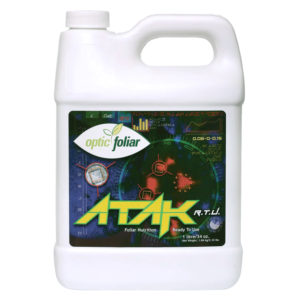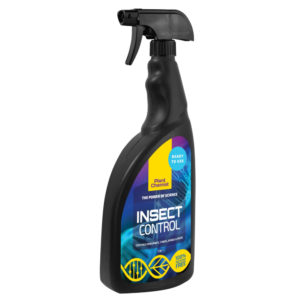As warmer weather approaches, you may find yourself struggling with how to control garden pests. They can be a true nuisance and not only hurt your garden’s aesthetics but also cause irreparable damage to your harvest.
Once they appear, it doesn’t take long before they spread. Luckily, with the right vegetable garden pest control measures, you can treat infected areas and more importantly, prevent pests from ever appearing.
This article discusses the pests commonly found in the garden, integrated pest management, and natural remedies.
Types of Vegetable Garden Pests
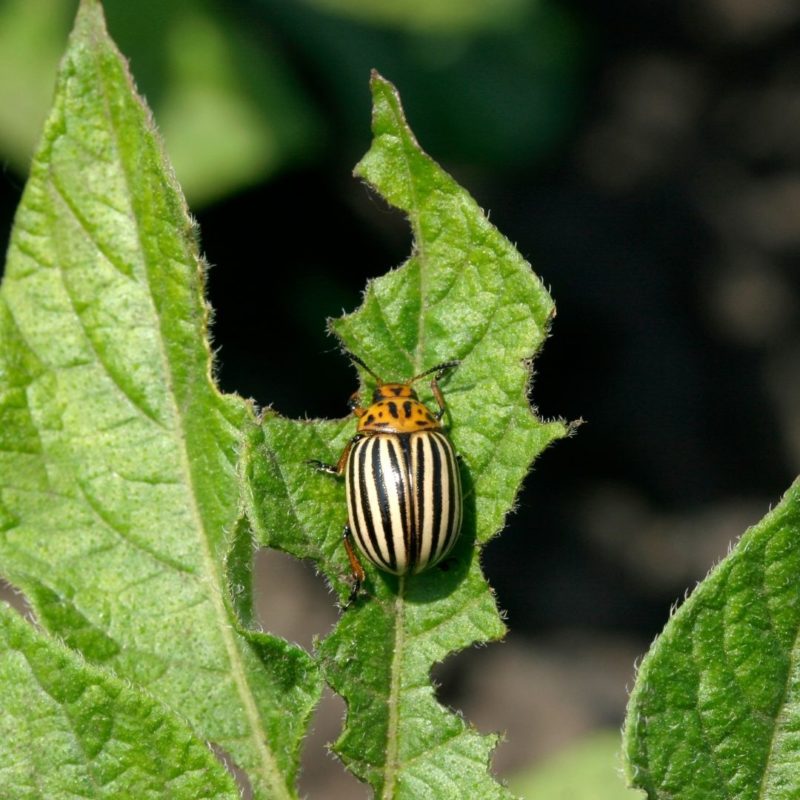
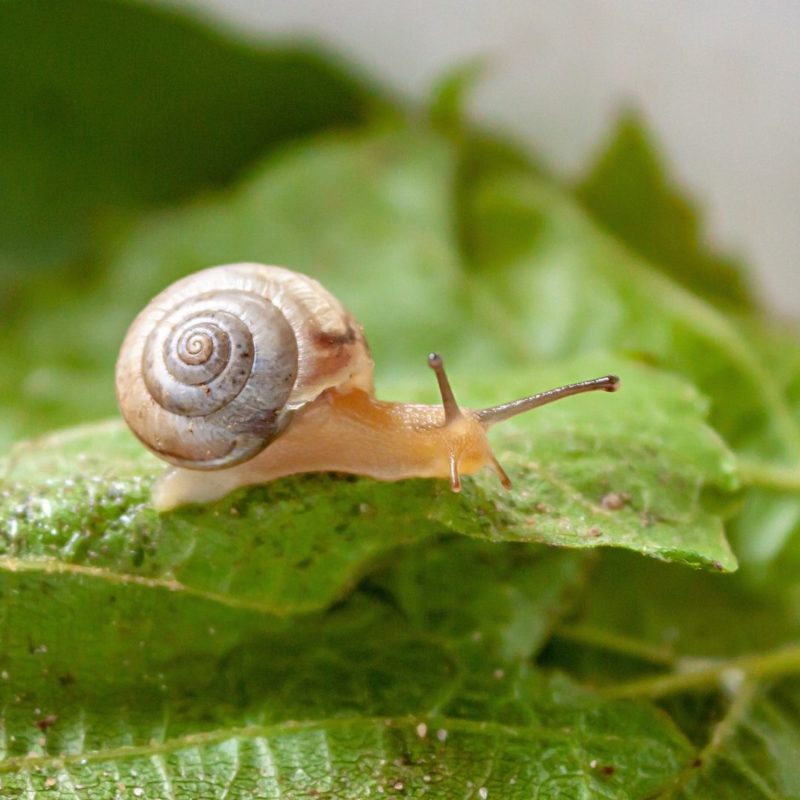
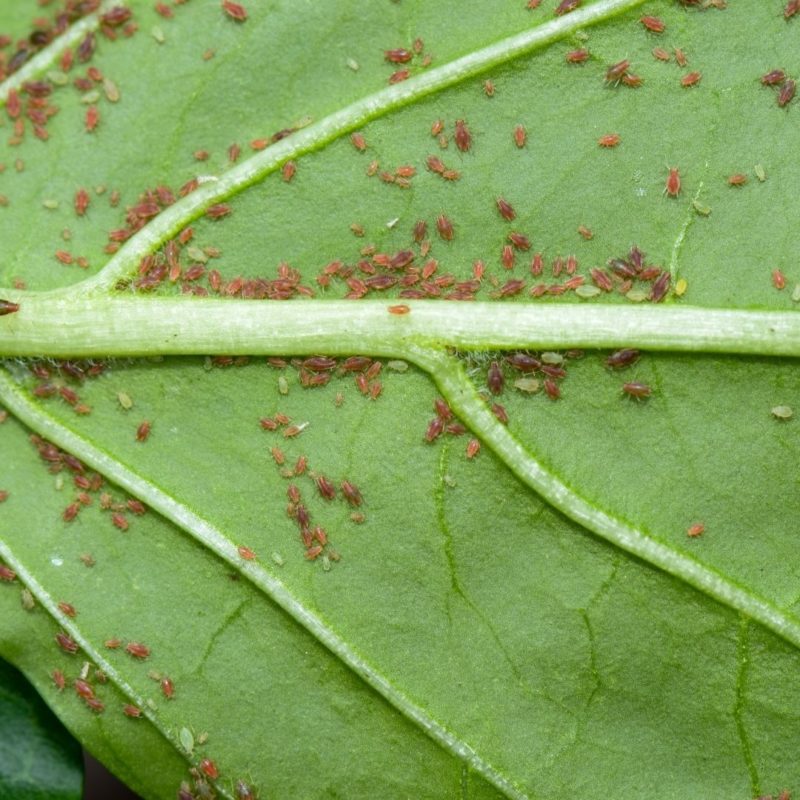
Let us take a look at some of the most common types of garden pests that plague our crops.
- Winged and non-winged aphids – Aphids can be found on a variety of vegetables, including tomatoes, lettuce, kale, and cabbage. They hurt plants by sucking their juices, therefore deforming them and damaging new growth.
- Slugs and snails – They nibble on leaves, leaving holes around their edges or in the centre. Snail and slugs can be hard to spot as they usually feed at night or on rainy days.
- Beetles – These include various species such as the Colorado potato beetle and the Cucumber beetle. The former attacks potatoes, eggplants, peppers, tomatillos, and tomatoes, feeding on the leaves. The latter, as the name suggests, attacks the cucumber family which includes melons, cucumbers, pumpkins, gourds, and squash. They create holes in leaves and transmit bacterial wilt.
- Flea beetles – They chew small holes in plant leaves, while the larvae feed on plant roots. Hosts include tomatoes, radish, potatoes, brassicas, corn, and eggplants.
- Squash bugs – They can be found on cucumbers, zucchini, squash, melons, and pumpkins. The bugs suck plant juices, which eventually kills the leaf.
- Tobacco or tomato hornworms – These can be spotted on tomatoes, potatoes, peppers, eggplants, and tobacco. Hornworm caterpillars feed on plant leaves.
- Cabbage worms or cabbage worm caterpillars – These pests attack members of the cabbage family, such as cabbage, broccoli, kale, cauliflower, radish, turnip, and Brussels sprouts. They make holes in leaves and even cause all foliage to fall off.
- Carrot rust flies – The flies lay their eggs near carrots, celeriac, parsley, celery, parsnips, etc. The larvae feed on crop roots, creating tunnels and scarring.
- Mealybugs – Mealybugs suck on plant sap which impedes growth and causes the leaves to fall off. The honeydew they leave behind can attract ants and cause sooty mould.
- Cutworms – They fancy tomatoes, broccoli, kale, and cabbage, causing severe damage to young seedlings.
- Leafminers – They attack spinach, chard, beets, nasturtiums, and blueberries, depending on the species. Their larvae feed on leaf tissue, leaving tunnels and lines.
- Whiteflies – These pests prefer peppers, sweet potatoes, tomatoes, citrus, etc., and can be spotted on leaf undersides. The adult flies and the nymphs suck out the plant juices which causes wilting and weakens plants.
Integrated Pest Management
Integrated Pest Management (or IPM) is a combination of effective practices that aim for the long-term prevention of pests. The method combines knowledge of insect life cycles and habitats with best practices and products. It is carried out in a non-hazardous way, without causing harm to humans or other organisms, in order to protect the overall balance.
What is Integrated Pest Management in terms of necessary measures? Here is how to control pests in vegetable garden using the following four IPM steps:
- Prevention – This involves smartly planning your garden. Plant crop varieties that are resistant to the common pests in the area. Practice crop rotation and companion planting to repel pests. Encourage beneficial insects. Water regularly to prevent plant stress. Place mulch to prevent the spread of pathogens from the surrounding soil to plants. Growing some veggies (e.g. carrots and cabbage family members) in raised pots can also help. Remove infected plants and any debris felt over in the fall.
- Monitoring – Make sure you monitor your garden to spot and correctly identify insects. Watch out for signs of damage. This helps to recognize the organism or disease, whether it’s spreading or is just an isolated incident, etc.
- Analysis – This step allows you to determine whether any actions need to be taken. For example, this depends on whether an insect is causing any actual harm to the plant or the damage is simply unaesthetic. Also, you can examine how long the problem is expected to last – some bug varieties have a very short life cycle.
- Control – When preventative measures are not enough and a problem demands action, start with the gentlest approach first. Hand-pick caterpillars or eggs from plants and the undersides of leaves. Capture them with insect sticky traps. If necessary, apply a pest control product. There are various organic solutions that you can use.
We’ll explain all-natural measures in further detail below. Depending on the specifics of your region, you can also get a tailored Integrated Pest Management Plan to ensure optimum pest prevention and suppression.
Spotlight: Tomato Pest Control
Tomato pest control is a high-interest topic for our Hydrostork readers, that’s why we’d like to put a special emphasis on it.
Tomatoes are prone to different pests such as aphids, whitefly, and red spider mite. They also suffer from tomato leaf mould and several types of tomato viruses. As with other crop varieties, you can apply good practices in cultivation, hygiene, etc. to prevent and control pests. As with other crop varieties, you can apply good practices in cultivation, hygiene, etc. to prevent and control pests. In addition, all organic products mentioned in this article are suitable for tomato pest control.
For more information on the best solutions, don’t hesitate to read our article “Growing Tomatoes: Best Fertilisers for Your Tomato Garden”.
Natural Ways to Keep Vegetable Garden Pests Away
As we mentioned above, the first way to prevent insect infestations is natural pest control for garden vegetables. Here are some of the most common techniques you can apply:
Clearing out debris and weeds will deprive pests of food and hiding places.
Planting a variety of crops will lower the risk of mass infestations from pests that are strongly drawn to a particular type of plant.
Healthy soil means healthy plants. With a strong immune system, they’re better equipped to withstand diseases and pests. Applying a natural fertiliser on a regular basis can activate soil microbes and provide valuable plant nutrients.
By planting a different crop, you can reduce the pest concentration in that area. If a plant has suffered from pest attacks, it’s best not to grow anything from the same family there in the next two years.
Healthy soil means healthy plants. With a strong immune system, they’re better equipped to withstand diseases and pests. Applying a natural fertiliser on a regular basis can activate soil microbes and provide valuable plant nutrients.
By planting a different crop, you can reduce the pest concentration in that area. If a plant has suffered from pest attacks, it’s best not to grow anything from the same family there in the next two years.
Certain essential oils serve as the perfect organic pest control for garden vegetables. For example, you can use peppermint oil against squash bugs, beetles, fleas, aphids, spiders, and ants. Clove oil works against various flying insects. To deter slugs and snails, use cedarwood and pine oils. To prevent fleas, flies, and larvae such as the cabbage looper caterpillar, use rosemary oil. Neem oil is a popular pest repellent that works against 200 species of insects.
These include strong-scented herbs such as calendula, coriander, and garlic that can be planted among vegetables or in close vicinity. Perennials such as thyme, anise hyssop, and chives can be used along the borders.
These insects control pests by preying on them. You can welcome them to your garden by providing them with nectar, pollen, and shelter. Ladybugs, lacewings, minute pirate bugs, parasitic wasps, and damsel bugs can all help keep pest populations at bay. Plant cosmos, sweet alyssum, dill, yarrow, or sunflower next to your vegetables.
Place floating row cover on pest-susceptible plants to guard them against pests. This is effective when done before the pests have infected the plants, not when they are present on the plant or in the soil.
It’s best to create permanent paths in your garden, as opposed to temporary ones. This will encourage beneficial insects to build their habitat in the same location and improve the overall fertility of the soil.
Effective Pest Control Products

Pest control doesn’t mean applying toxic pesticides. There are organic garden pest control products that are just as effective without the negative side effects.
Here are some of the best pest control products in the UK to help you naturally protect your crops:
Biobizz Leaf-Coat 500 ml – Natural Latex Foliar Spray
This 100% organic foliar spray will strengthen your plants altogether by creating a natural top layer. Apart from protecting them from insects and fungi, it will also help retain moisture and increase rooting rates. It can be used throughout all stages of growth.
Ecofective Bug and Mildew Control – 1 Litre (RTU)
This 3-in-1 spray is a natural product that’s completely safe to use around children and pets. It will get rid of pests in your vegetable garden such as whitefly, aphid, red spider mite, mealybug, and more. It will also protect your veggies against powdery mildew, all while providing extra nutrition.
Spray2Grow Mildew Protection Spray 500 ml – Concentrate
This is a natural foliar spray concentrate that effectively battles mildew. It stops fungi, speeding up your plants’ recovery and serving as a preventative measure as well.
Spray2Grow THRIPS Protection Spray 500 ml – Concentrate
This all-natural solution will stop thrip infestations and prevent them from ever happening. You can use it throughout all growth stages due to its organic nature.
Optic Foliar Atak 1L (RTU)
It’s a non-toxic fungus product that counters powdery mildew. Safe to apply with the lights on, it can be used as late as one week before harvest.
Spray2grow SPIDERMITE Protection Spray 500 ml – Concentrate
This is an all-natural solution for controlling spider mite infestations. It works against adult insects, eggs, and larvae. The product is also a great preventative measure and helps the plant recovery process.
Plant Chemist 1L (RTU) Insect Control
The spray fights a wide range of pests and fungi, such as aphids, mealybug, scale, psyllid, as well as powdery mildew. It’s pesticide-free and does not require a harvest interval.
We hope our article will help you not only combat existing bug infestations but also prevent future ones in a natural way. With the right tools and knowledge, you will be well-equipped for any unpleasant pest visits that come your way.

